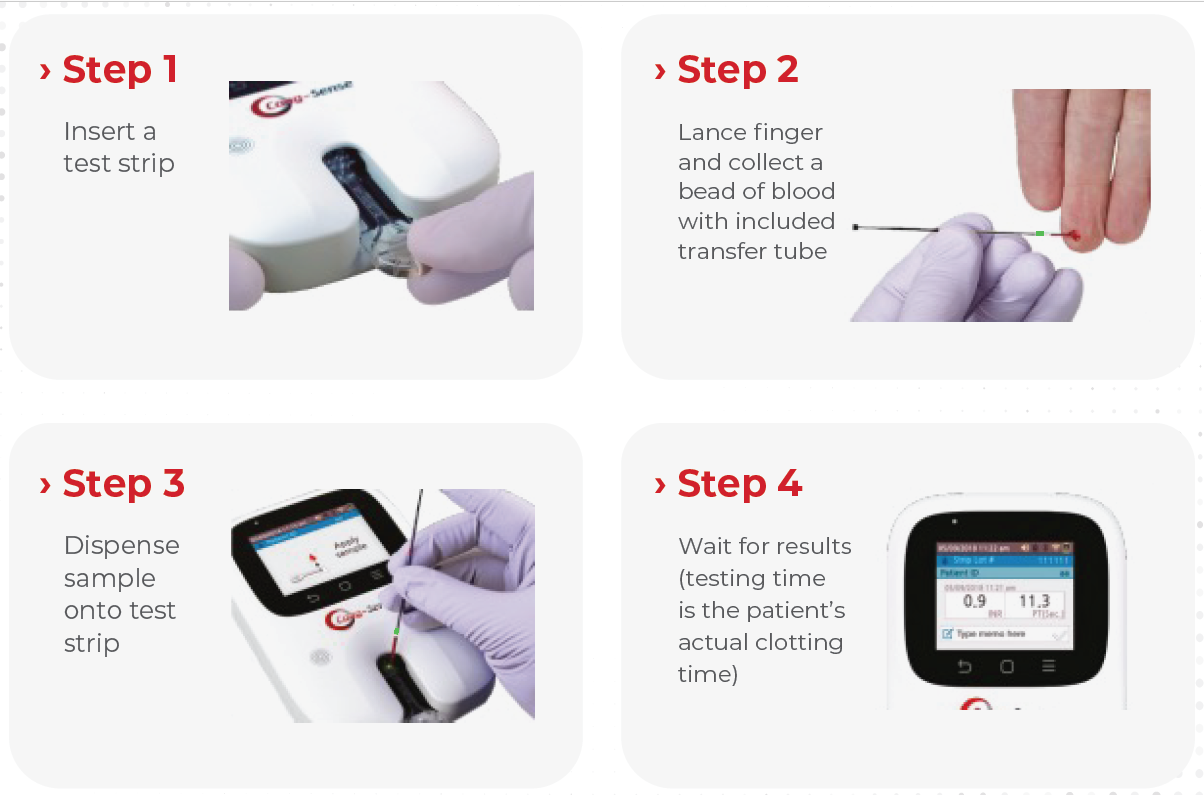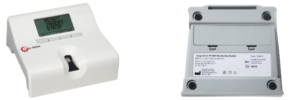In 2020, one in five (approximately 700,000) deaths in the US were attributed to heart disease. Risk factors include high blood pressure, high cholesterol, and smoking. Contributing factors include diabetes, obesity, an unhealthy diet, physical inactivity, and excessive use of alcohol.
To protect their heart and reduce the incidence of heart attacks or blood clots, millions of Americans are prescribed an anticoagulant like Warfarin. Anticoagulants can help reduce the risk of blood clots but may also increase the risk of bleeding.







